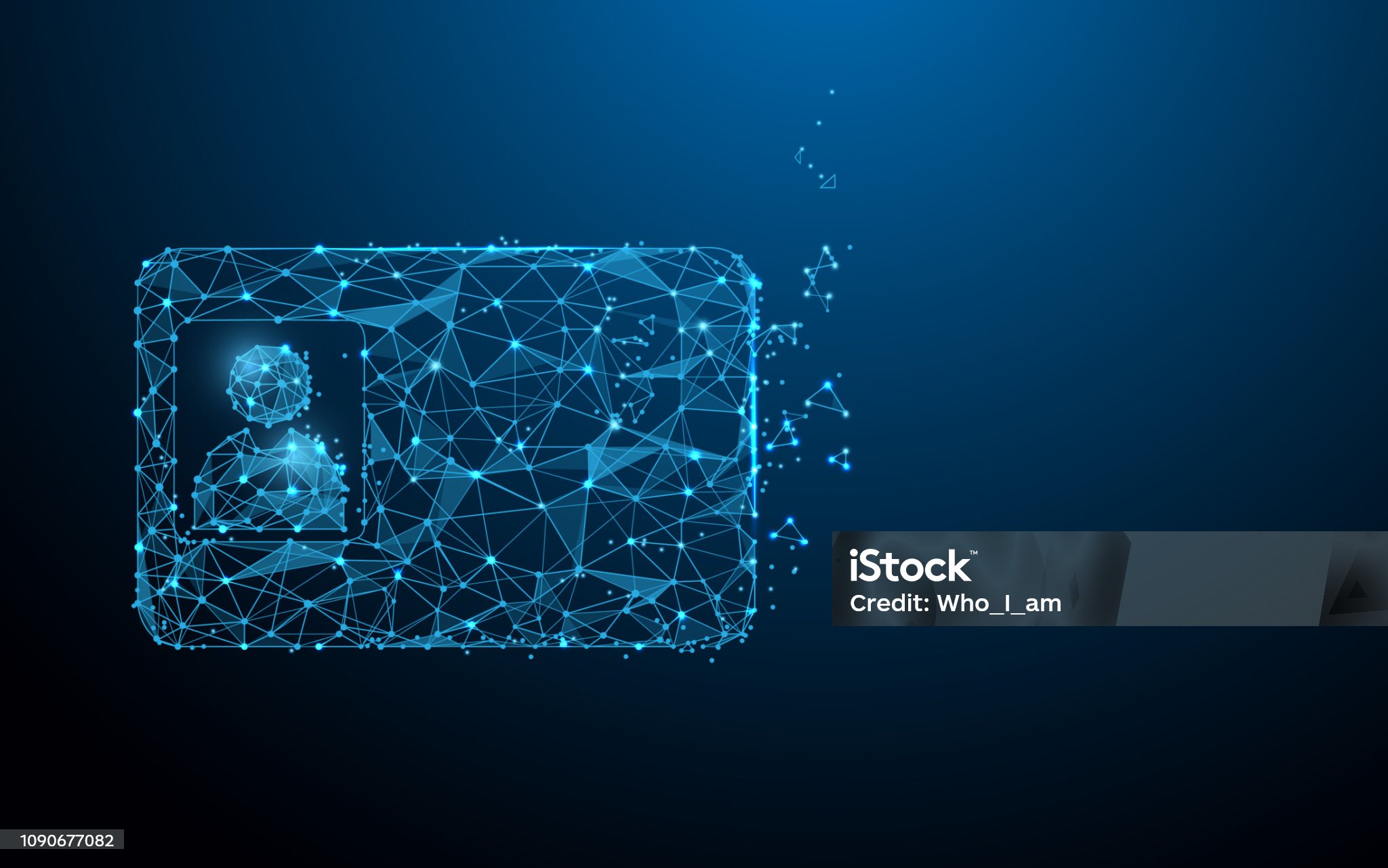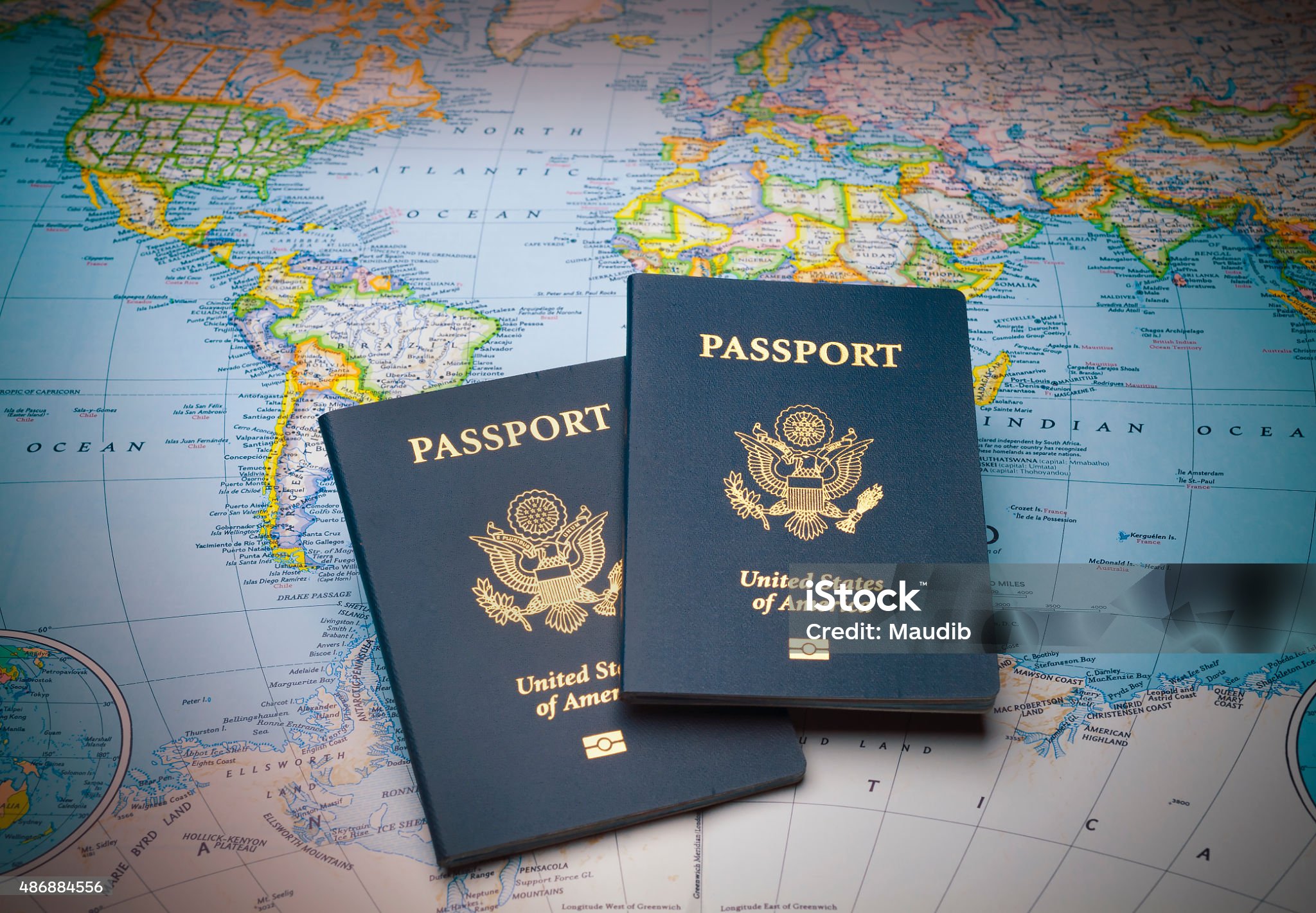Legal Structures Affecting Identification Documents in Different Jurisdictions plus Technological Trends
Legal Structures Affecting Identification Documents in Different Jurisdictions plus Technological Trends
Blog Article

1. Introduction to Personal Identification Documents
Identification documents have significant personal and societal impacts. They act as "permissions" and "access passes," meaning society functions smoothly only when they are available and universally accepted. Various types of identification documents exist, with each fulfilling a unique role. Take, for instance, a copyright, which confirms an individual's legal ability to drive, and a copyright, which demonstrates citizenship and enables global travel. These documents are highly valuable on a personal level and are key to completing various contracts, for example, when applying for a job, accessing services, purchasing insurance, or renting a vehicle. Often, financial institutions may need to verify these documents when dealing with borrowers who seem unreliable or possess weak credit backgrounds. These documents not only serve as clear proof of identity but also as authorization for a person to fund or operate within the law.
Historically, identification documents did not hold as much importance in daily affairs as they do today. The importance of these documents has expanded in response to evolving legal standards and security needs. Advances in information technology have made it possible for organizations to develop secure systems that are far ahead of the cutting-edge ID technologies available to the general public. Many countries are in the process of standardizing their IDs with biometric technology. Some already use electronic exit technology.
A person's identification documents are "proof" that signifies the legal status of an individual. Globally recognized identification forms, such as passports, copyright, copyright, and driver's licenses, are accepted worldwide as proof of identity at both local and international scales. People often keep these important identification papers safely secured so that they can retrieve them easily when necessary.
This discussion focuses on the importance and legitimacy of documents like the IDP, Real ID, copyright, copyright, copyright, and resident permits to raise awareness about their significance. Educational staff and the general public should know about them, and this knowledge could help prevent their loss or aid in their recovery. This information is provided for both local and international audiences to make sure they have the most important documents for their needs and understanding.
2. Laws and Regulations Pertaining to Identification Documents
The governance of identification documents depends on jurisdiction-specific laws and rules. These documents are provided to individuals through authorized issuing entities in accordance with rules designed to maintain their integrity. These documents can be compulsory in some cases and allowed as verification and/or validation in others. The individual must comply with the regulations for the jurisdiction where the document is intended to be used. In conclusion, individuals must comprehend the legal rules that pertain to their intended use of identification documents within any jurisdiction where they expect to act. For the most part, government agencies at the state or local level issue, regulate, and restrict certain documents for use in certain transactions.
The varying requirements of each jurisdiction and reasons for identification documents, however, can conflict with the need to travel and conduct business on an international level. Thus, it is a widespread issue when travelers struggle with unfamiliar identification regulations across countries. While it is impractical to outline all the specific regulations from each country, it is crucial to recognize that with 200 countries and billions of travelers, knowing these rules is essential for global business and travel. By not following the rules, individuals may find themselves in conflict with another country’s laws, and that is where the rules of reciprocity and international legality must be applied. Noncompliance can have civil and possibly criminal legal implications as it violates laws, including laws about identity, privacy, trade, commerce, and human rights.
The balancing of public policies with protected rights is often challenging when determining security guidelines for travel identification documents. In some cases, human rights can come into conflict with public security measures regarding the most secure identification rules needed to combat terrorism. Finally, within the last five years, with the rise and acceptance of digital mobile driver's licenses, countries have been clarifying or drafting new laws and regulations to govern their use, which remains an evolving area. Digital identification documents for travel have been held up as the next path for moving the world travel community. Even with the world moving toward mobile driver licenses, passports will likely remain necessary for some time to come. 
Both the standardization and evolution of digital IDs and mobile driver licenses are progressing as well. Take California as an example: two years after passing its mobile copyright law, stakeholders are now ready to agree on formal rules for the first state-endorsed mobile license.
3. A Comparison of International Driver’s License, Real ID, copyright, copyright, copyright, and Resident Permit
The International Driver’s License is a document issued for people traveling internationally to drive legally. Neither the United Nations nor the International Non-Governmental Organization ever made the International Driver’s License to facilitate travel within a group of states.
The Real ID, as an identification, would primarily have a function such as being a widely acceptable identification to board domestic flights, alongside state driver’s licenses and identification cards produced by states and territories following a national standard. The Real ID can also be employed to gain access to federal buildings and nuclear facilities. However, the Real ID is not a travel document, copyright, visa, or resident permit. Though some people might use the Real ID internationally for identification purposes and to confirm birth date, the Real ID is primarily used to travel domestically.
In the United States, passports are recognized as a primary identification document, unlike other derived forms of ID. Passports were developed to ensure citizen safety abroad and aid in travel for diplomatic reasons, treaty negotiations, or international matters of concern. This is the official, often administrative, use. The copyright also has, naturally, additional bureaucratic and personal uses. To travel internationally, or even regionally in some cases, travelers must not only possess a copyright but also adhere to various other regulations.
copyright are records issued at birth that serve as the basis for acquiring passports and other identification documents. In comparison, copyright and passports might appear to serve similar purposes. That said, a copyright carries additional long-term benefits. Also, even if served in acquisition, the copyright never leads to the acquisition of a “second copyright”. It is irrelevant to the second copyright unless the traveler intends to pursue an unlawful second nationality.
4. Security Elements and Fraud Prevention in Identification Documents
Various security features guard against counterfeiting, alteration, tampering, and fraudulent use. For example, many ID cards and documents include advanced features like holograms, layered images, and laser-etched designs. Some ID cards are embedded with RFID chips holding biometric data and digital imagery to prevent misuse.
A number of these security components remain covert or semi-covert, including elements like special inks, watermarks, or microscopic text. Such security features are designed to make identification documents highly resistant to counterfeiting. 
In general, the level of security of an copyright should correspond to the level of trust required. copyright security features, for example, don’t require the same level copyright of security as passports, which are used for international travel, while driving licenses serve primarily domestic purposes.
Technological progress has enabled the development of increasingly complex security features for identification cards. Actively promoting and adopting new security technologies helps keep one step ahead of potential fraudsters and counterfeiters by using up-to-date issuance practices.
Moreover, it is also important to regularly review both current and future security elements and issuance procedures. This evaluation helps ensure that identification security keeps up with emerging threats and advancements that might compromise the document's integrity.
Furthermore, an effective anti-fraud document security program needs to employ both proactive and reactive strategies. Proactive measures can include workshops, public service announcements, educational outreach, and security conferences.
5. Final Thoughts and Emerging Trends in Identification Document Technology
This article examines the diverse forms of identification documents found around the world. Identification documents must be examined from a technical angle, including security features and verification, as well as from a legal viewpoint concerning their legitimacy in courts.
My research shows different attitudes to the way a good document might be and how the value of the verification tool is variable according to the circumstances of where the document should be used. It would also be interesting to use ethnography to show that what a good document might be according to the country of origin could be very different. Comparison studies also reveal that legitimacy standards for identification documents can vary across nations with similar socio-political and economic structures.
The future of identification documents is undergoing significant change, driven by advances in digital technology. Digital technology is consistently improving the security and service potential of secure documents like electronic IDs (eIDs), in line with the widespread use of mobile devices. Key developments in this technological shift are the integration of biometrics and blockchain as distributed ledger technologies.
Biometrics and its “liveness” function will collect the necessary biometric data during the direct correspondence between the person and the enrolling or verification authority, increasing the level of trust in the correct identity, excluding digital diversion of identity. This technology could transcend the scope of basic human rights as defined by international laws and constitutions. This access must remain as private as possible and the subject of consent.
The spread of digital identity can also lead to issues related to exclusion. Many people do not have the means to access digital identities, which can be problematic. Some already speak of an “identity gap” caused and reinforced by new technologies that, with different ways of use, can generate structurally unequal levels of identity verification to access certain spheres of human society.
There should be more detailed comparisons between digital identity systems and physical IDs. So, apart from verifying identity, these databases are used to verify the risk levels for various transactions. There should be more systematic research to see how offline verification rights can be applied in the context of digital identification systems.